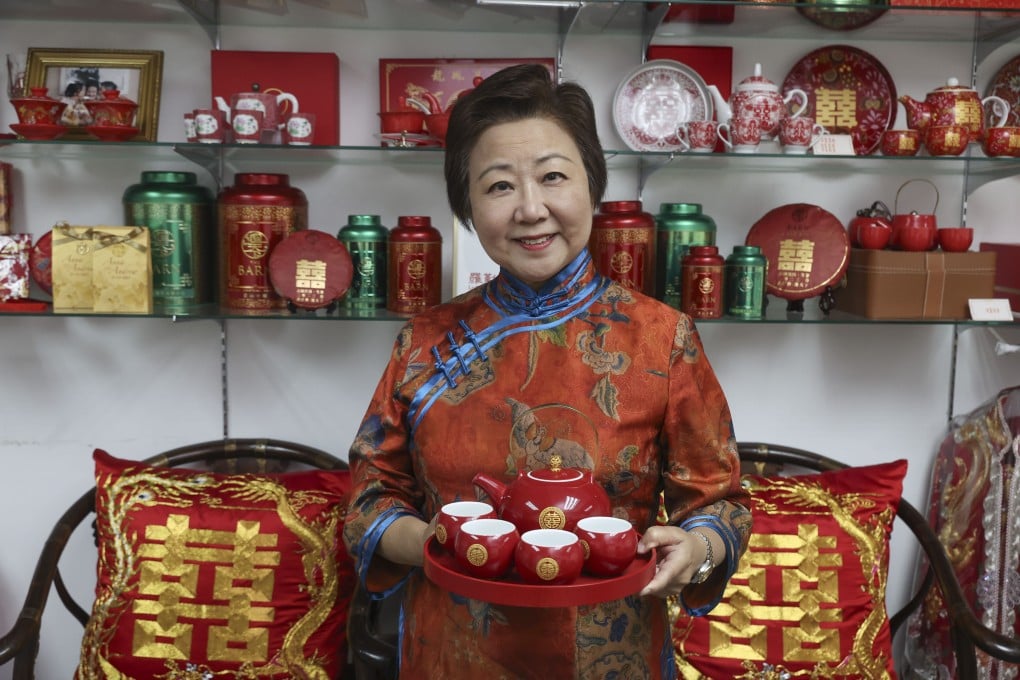Chinese wedding rituals, from betrothal to dowry to readying the bridal bed, explained
From what goes into the bride’s dowry to betrothal gifts to preparing the bridal bed, we break down traditions surrounding Chinese weddings

Planning a wedding can be quite overwhelming in any culture. But if you are Chinese, there are additional customs and traditions to observe.
For a Chinese wedding, there are six rituals couples traditionally follow before they make it down the aisle: guo da li (also known as the betrothal ceremony); preparing the bride’s dowry; setting up the bridal bed; a hair-combing ceremony; leaving the bride’s home, and; entering the groom’s home.
Here we explore the first three and what they entail.
1. Guo da li (betrothal ceremony)
Aside from picking an auspicious date for the actual wedding, the first major wedding ritual couples will undergo is the betrothal ceremony, called guo da li in Chinese. This ceremony usually takes places on a chosen “lucky day” around a month or two before the wedding ceremony – typically determined by a feng shui master – and mainly involves the groom’s family presenting an array of gifts.
